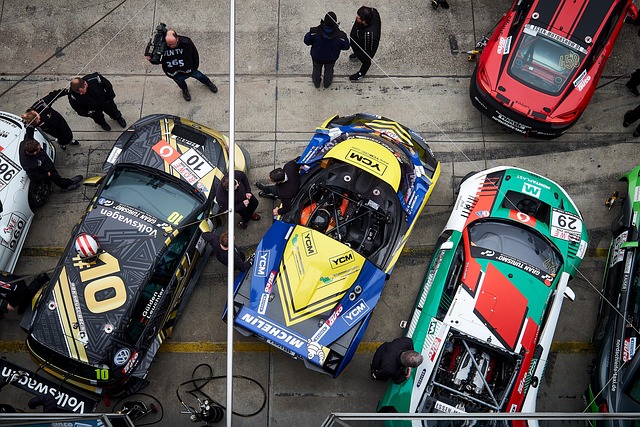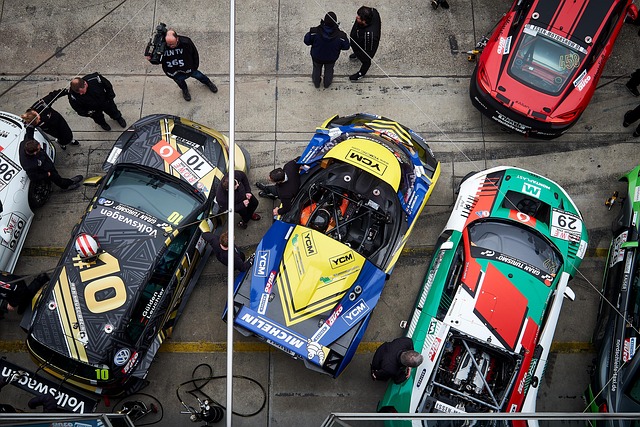The Ultimate Guide to Team Positions in eSports Gaming
In the vibrant world of eSports, understanding team positions is crucial for any aspiring gamer or fan. Whether you’re diving into the fast-paced action of “League of Legends,” the strategic depth of “Dota 2,” or the explosive fun of “Counter-Strike,” every game requires a well-structured team to achieve greatness. Exploring these positions not only helps you appreciate the intricacies of teamwork but also deepens your engagement with your favorite games.
Each title in the eSports arena comes with its own set of roles, often categorized into specific team positions. For instance, in “League of Legends,” there are five primary roles: Top, Jungle, Mid, ADC (Attack Damage Carry), and Support. Each position demands unique skills and responsibilities, fostering a sense of collaboration and interdependence among team members. The Toplaner, often playing tanky champions, soaks up damage and initiates fights, while the Support works behind the scenes, aiding carries with vision and healing. It’s a beautiful symphony of strategy and execution that makes every game unforgettable.
As we delve deeper into the eSports ecosystem, we can’t overlook “Dota 2,” where the same concept applies but with additional diversity. Here, roles are often more fluid, and players must adapt to the ever-changing game dynamics. The Offlaner may engage in fights while also securing farm, being the backbone of their team. Whether you are a core player or a support, recognizing the strengths and weaknesses of each role can significantly enhance gameplay.
Then there’s “Counter-Strike: Global Offensive,” where the notion of team positions is rigid and skill-specific. The roles of Entry Fragger, AWPer, Lurker, Support, and In-Game Leader (IGL) shape how teams strategize and approach each match. The Entry Fragger often leads the charge, making lightning-fast decisions to gain ground, while the IGL calls the shots, analyzing opponents and adjusting tactics on the fly. Each role contributes to the success of the team, turning a five-player lineup into a well-oiled machine.
Understanding these roles not only amplifies your appreciation for the game but also elevates your gameplay if you choose to compete. The intricate balance of fulfilling team positions while executing strategies and adapting to opponents is akin to a dance where timing and synergy are everything. Fans invest in teams not just for their skill but for how well they work together, drawing inspiration from the stories and struggles that emerge in every tournament.
Community plays a huge role in the eSports landscape too. Watching your favorite team rise through the ranks, witnessing their growth and evolution in understanding team positions, fosters a connection that is hard to break. The sense of belonging to a community passionate about competitive gaming unites fans globally. You aren’t just a spectator; you’re part of a movement that celebrates teamwork, dedication, and the relentless pursuit of victory. This connection enhances the thrill of competition and ignites an unwavering passion for eSports.
In the end, grasping the significance of team positions in eSports gaming is not merely about gameplay mechanics—it’s about the emotional highs and lows, the victories and defeats that come with being part of something bigger than oneself. As you immerse yourself in these virtual arenas, remember that each role is vital to the overall success of a team. Embrace your position, be it on the battlefield or as a devoted follower, and immerse yourself in the exhilarating world of eSports.




